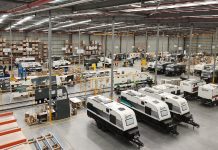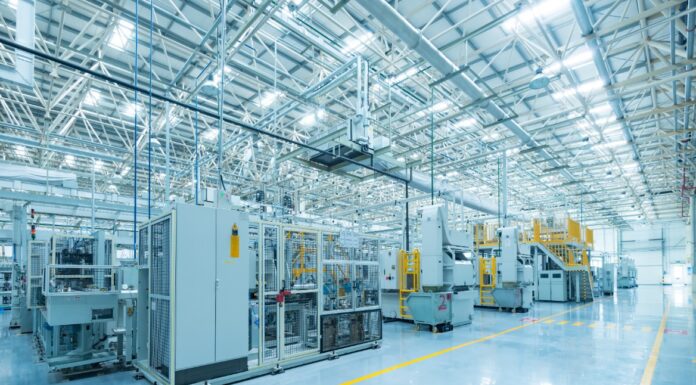
The Capital Group, on behalf of the Manufacturing Industry Skills Alliance, has unveiled the 2024 Manufacturing Workforce Plan, a strategic blueprint to unlock the potential of Australia’s $124 billion manufacturing industry.
The plan, developed by the Manufacturing Industry Skills Alliance and the Jobs and Skills Council, presents a roadmap designed to address the critical workforce needs of the sector.
With employment in the industry projected to increase by 16.8 per cent, equating to an additional 120,000 workers by 2033, the plan seeks to turn workforce challenges into opportunities, ensuring that Australia’s manufacturing sector remains a key driver of economic growth.
Australia’s manufacturing industry, the nation’s fifth largest, encompasses a wide array of sectors, including food production, machinery, metals, transport, and robotic engineering.
Despite misconceptions about its decline, the industry continues to thrive, contributing $124 billion to the economy in the 2021-2022 financial year.
Sharon Robertson, CEO of the Manufacturing Alliance, emphasised the industry’s resilience and growth potential, noting that the plan is crucial for preparing a workforce capable of driving innovation and sustaining the sector’s expansion.
“As Australia’s fifth largest industry and growing, manufacturing plays a key role in the economy. Given the projected industry growth, we want to ensure that the manufacturing industry can access workers with the skills needed to shape an innovative future made right here in Australia,” Robertson stated.
The 2024 Manufacturing Workforce Plan identifies four primary challenges currently facing the industry: the need to attract and increase the pipeline of apprentices, address the ageing workforce, improve diversity, and develop skills for emerging industries.
The plan highlights the importance of correcting misconceptions about careers in manufacturing, which have deterred potential apprentices from entering the field.
It also underscores the urgency of addressing the ‘skills retirement cliff’ posed by an ageing workforce, which threatens to drain the industry of specialised expertise unless proactive measures are taken.
Diversity is another focal point of the plan, with a call for greater inclusion of women, First Nations Australians, culturally and linguistically diverse (CALD) communities, and individuals with disabilities in the manufacturing workforce.
By broadening the pool of talent and fostering an inclusive work environment, the industry aims to alleviate labour shortages and drive innovation.
Furthermore, the plan emphasises the necessity of continuous skills development to meet the demands of emerging sectors such as clean energy, defence, medical, and space technologies.
The plan also outlines strategic solutions to these challenges, including campaigns to engage schools, community groups, and employers in promoting manufacturing careers.
Flexible work arrangements and knowledge transfer programs are proposed to retain the expertise of older workers, while initiatives to support succession planning and mentoring will help pass critical skills to the next generation.
Additionally, the plan advocates for attracting underrepresented groups through supportive networks, leadership training, and optimising work environments to make manufacturing more inclusive.
A best practice toolkit will showcase successful strategies and case studies, promoting the replication of innovative approaches across the industry.
Graeme Russell, Board Chair of the Manufacturing Alliance, highlighted the importance of learning from existing success stories within the industry, where some employers have already implemented effective strategies to attract and support diverse talent.
“There are employers who have already figured out how to attract and support young women and First Nations people through trades apprenticeships, there are workplaces that already have transition programs in place to transfer the skills of older workers to the next generation, and there are others that have developed support mechanisms that allow them access to people with disabilities who are seeking exciting employment opportunities in manufacturing. One of our important roles as a Jobs and Skills Council will be to seek out these examples and facilitate replicating them across our industry,” Russell said.
The comprehensive plan is the result of extensive consultation with stakeholders, including employers, industry experts, training organisations, and unions, ensuring that the proposed solutions are well-informed and supported.
By incorporating diverse perspectives, the 2024 Manufacturing Workforce Plan aims to build a resilient and skilled workforce that can drive the industry forward, making Australia a leader in innovative manufacturing.
The full plan, including detailed strategies and actionable steps, is available for download here.




















